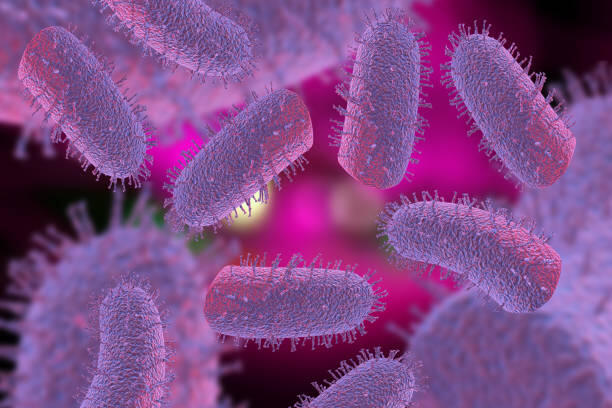

Rabies is a viral disease of mammals most often transmitted through the bite of a rabid animal. The rabies virus infects the central nervous system, ultimately causing disease in the brain and death.
If a person is suspected of being exposed to rabies, either through a bite or contact with saliva, testing at the Vermont Department of Health Laboratory (VDHL) will be performed on the suspected animal.
All specimens submitted for rabies diagnostic testing must be pre-approved by the VDH Public Health Veterinarian. Test results are usually available within 24-48 hours of receipt.
Because rabies is present in nervous system tissue, the required tissue for testing is brain tissue. This requires that the animal be euthanized. Specific sections of the brain are used for testing (e.g. the cerebellum and brain stem), so it is imperative the head not be damaged prior to submission.
The test method utilized at the VDHL is the DFA (direct fluorescence antibody) test. The DFA uses a very specific fluorescently-labeled anti-rabies antibody. When labeled antibody is applied to brain tissue positive for rabies virus, the anti-rabies antibody will bind to rabies antigen. This will result in an apple green fluorescence when viewed under a fluorescence microscope. Negative brain tissue will have no green fluorescence present.
- More information from the Health Department on Rabies
- More information from the CDC on Rabies
- To request a kit by mail, print our request for examination form
- Information on packaging and shipping of rabies specimens
- Kits can also be requested in person or over the phone; visit our Contact Us and Directions page for more information
- Find information on disease reporting
